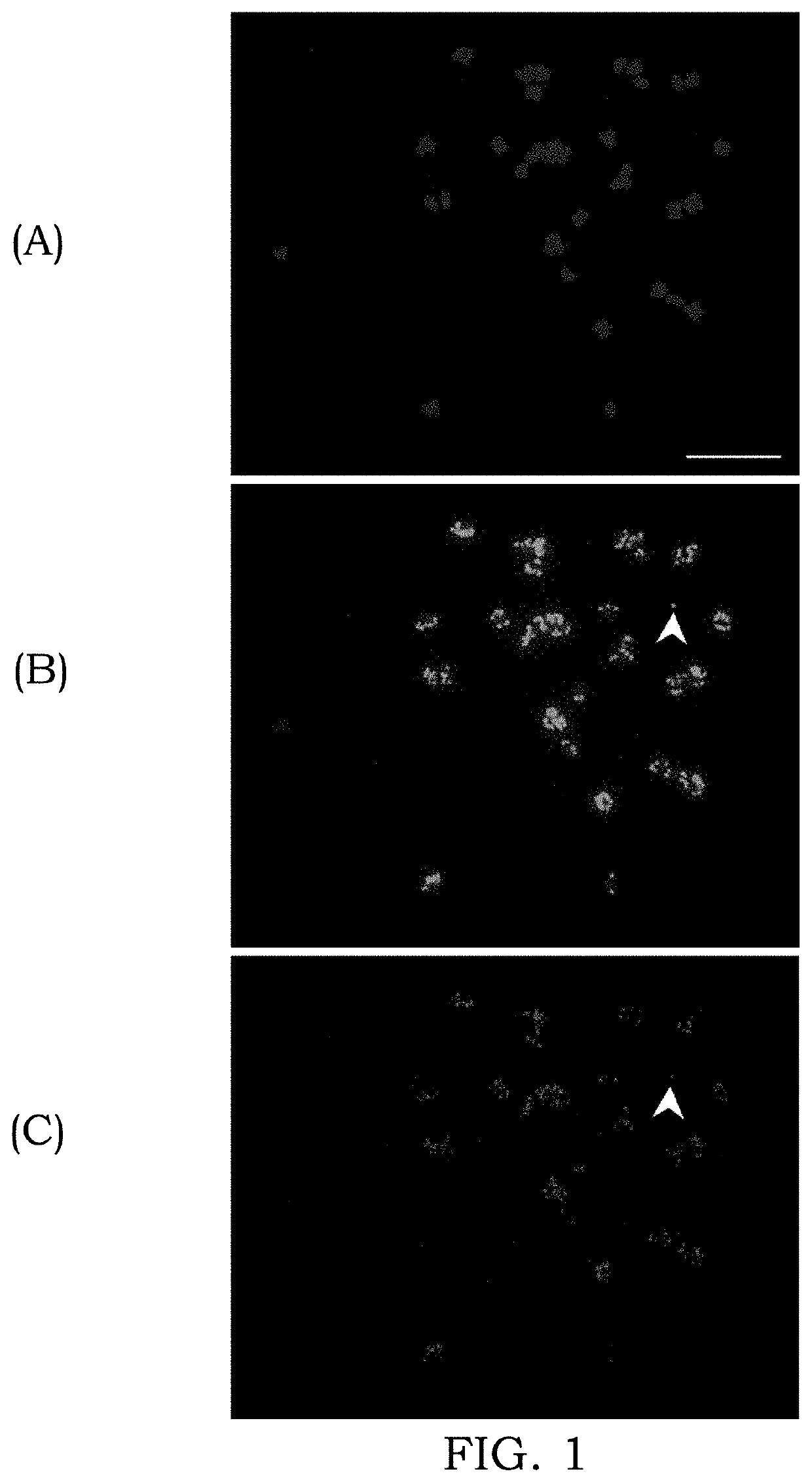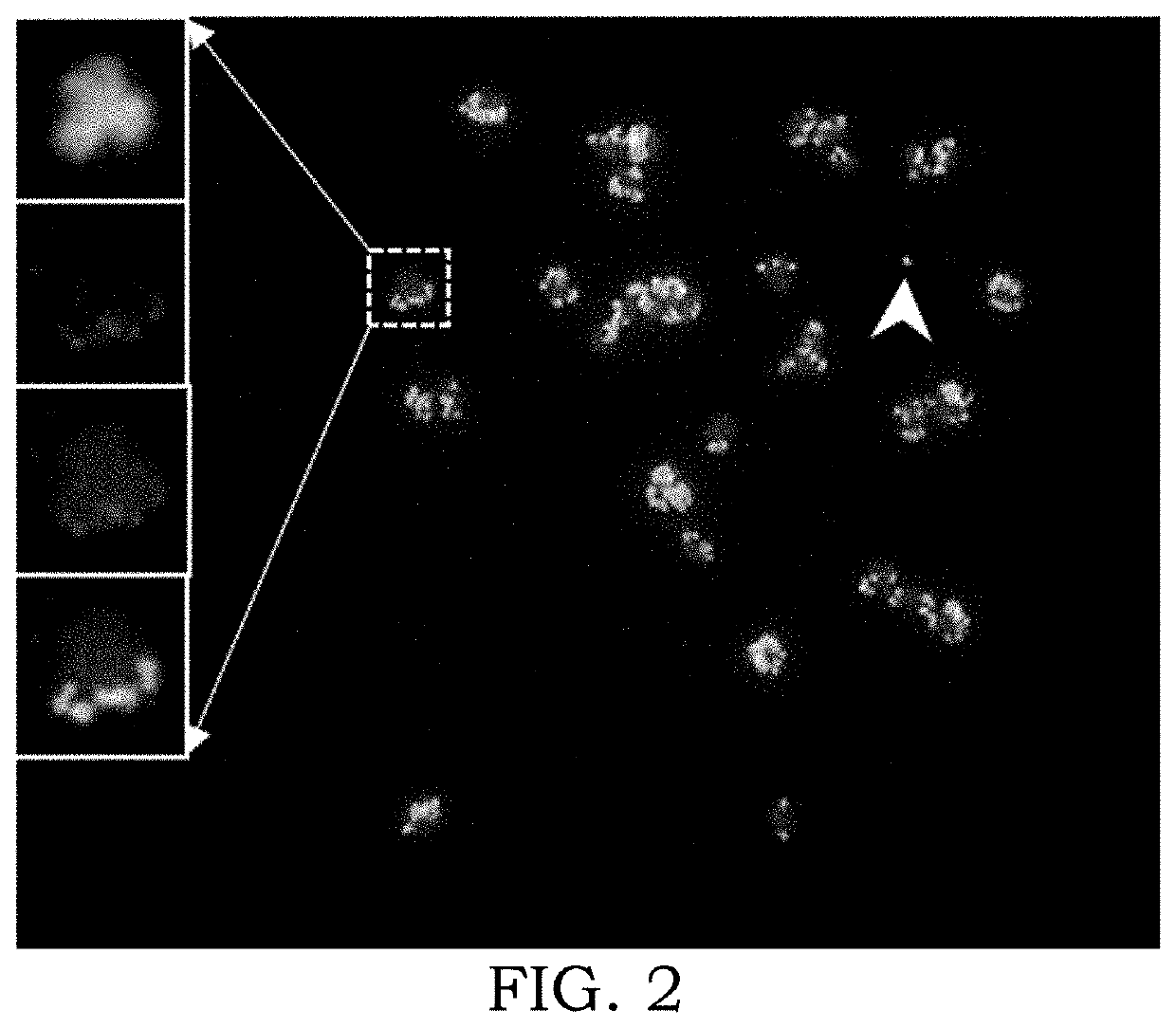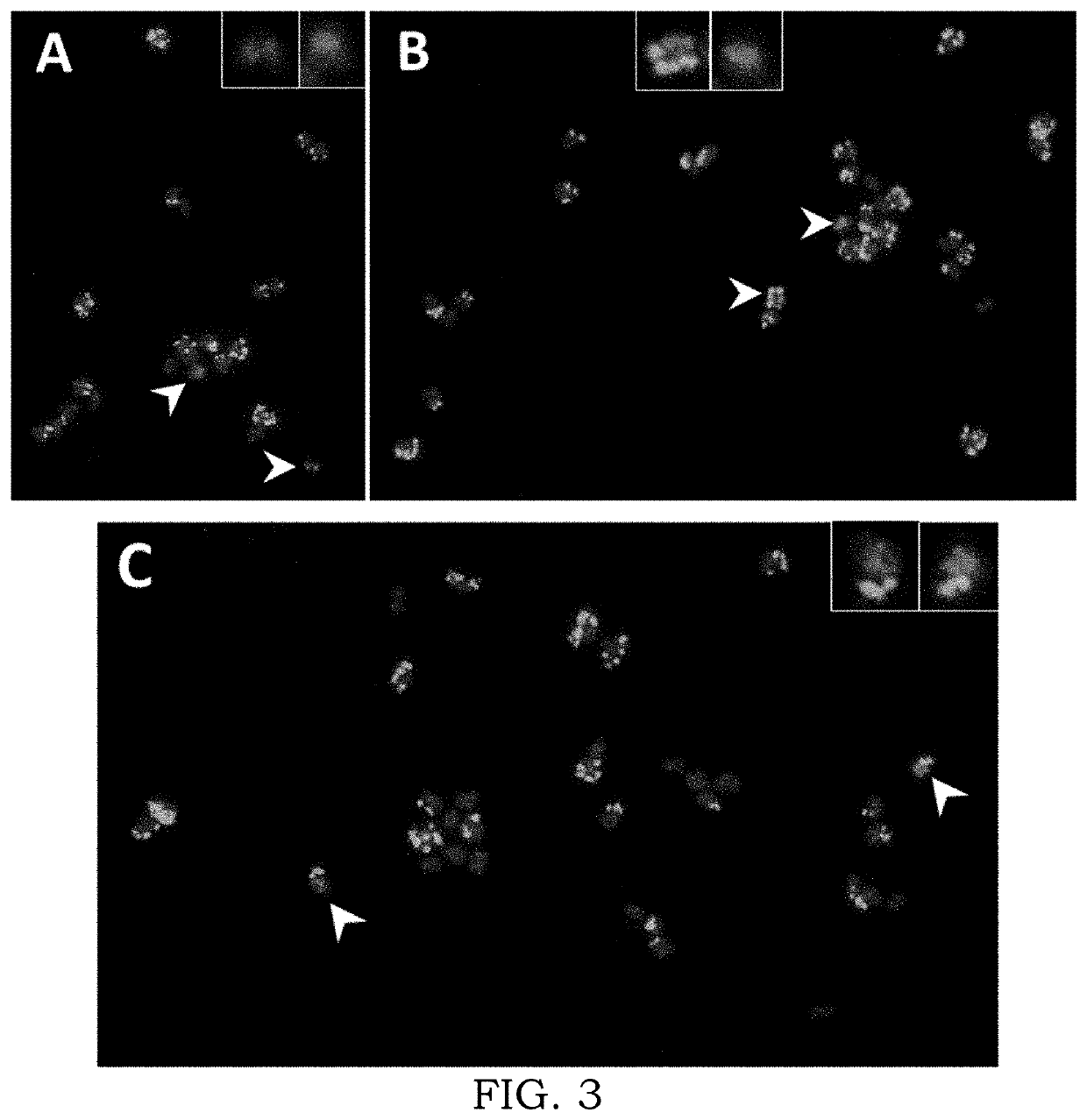Extra-chromosomal circular dna-mediated engineering of plant traits
a technology of plant traits and dna, applied in the field of extrachromosomal circular dnamediated engineering of plant traits, can solve the problems of weeds and progeny susceptible to herbicides, and achieve the effect of increasing the amount of endogenous protein and the yield of produced protein
- Summary
- Abstract
- Description
- Claims
- Application Information
AI Technical Summary
Benefits of technology
Problems solved by technology
Method used
Image
Examples
example 1
Introduction
[0076]Glyphosate is a non-selective herbicide used around the globe for weed control in glyphosate resistant and non-crop situations. The extensive and exclusive use of glyphosate has led to the evolution of herbicide resistance in many crop weeds. The molecular target of glyphosate, 5-enopyruvlyshikimate-3-phosphate synthase (EPSPS) gene, upon amplification confers resistance and was first documented in glyphosate-resistant (GR) Amaranthus palmeri. We now report that amplified EPSPS copies in GR A. palmeri are present in the form of extra-chromosomal circular DNAs (eccDNAs) with various conformations. We discovered that eccDNAs are transmitted to the next generation by tethering to mitotic and meiotic chromosomes. These results represent a first report of novel extra-chromosomal structures that drive rapid adaptive evolution in higher organisms.
[0077]A 30 to more than 100-fold amplification of the 5-enolpyruvylshikimate-3-phosphate synthase (EPSPS) gene is associated wi...
example 2
Extrachromosomal-Mediated Resistance to Herbicides and Novel Method for Weed Management
[0123]As demonstrated in Example, 1 eccDNAs seem to be one of the components of McClintock's postulated innate systems that can rapidly produce soma variation, amplify EPSPS genes in the sporophyte that are transmitted to germ cells, and modulate rapid glyphosate resistance through genome plasticity and adaptive evolution.
[0124]In this Example, we have generated new data pertaining to the stability of eccDNAs carrying EPSPS in glyphosate-resistant (GR) A. palmeri plants in the absence of glyphosate selection. Such eccDNAs carrying EPSPS along with other stress response genes appears to be ubiquitous elements in A. palmeri as a source of copy number variation (CNV) and under intense selection drive rapid evolution of glyphosate resistance. This CNV in the absence of glyphosate selection, can lead to reversal of resistance to susceptibility because of reduction in EPSPS copies. We found glyphosate-s...
PUM
| Property | Measurement | Unit |
|---|---|---|
| Fraction | aaaaa | aaaaa |
| Fraction | aaaaa | aaaaa |
| Fraction | aaaaa | aaaaa |
Abstract
Description
Claims
Application Information
 Login to View More
Login to View More - R&D Engineer
- R&D Manager
- IP Professional
- Industry Leading Data Capabilities
- Powerful AI technology
- Patent DNA Extraction
Browse by: Latest US Patents, China's latest patents, Technical Efficacy Thesaurus, Application Domain, Technology Topic, Popular Technical Reports.
© 2024 PatSnap. All rights reserved.Legal|Privacy policy|Modern Slavery Act Transparency Statement|Sitemap|About US| Contact US: help@patsnap.com










